7 surprising uses for dryer sheets around your home
Hint: it’s not just for softening fabrics
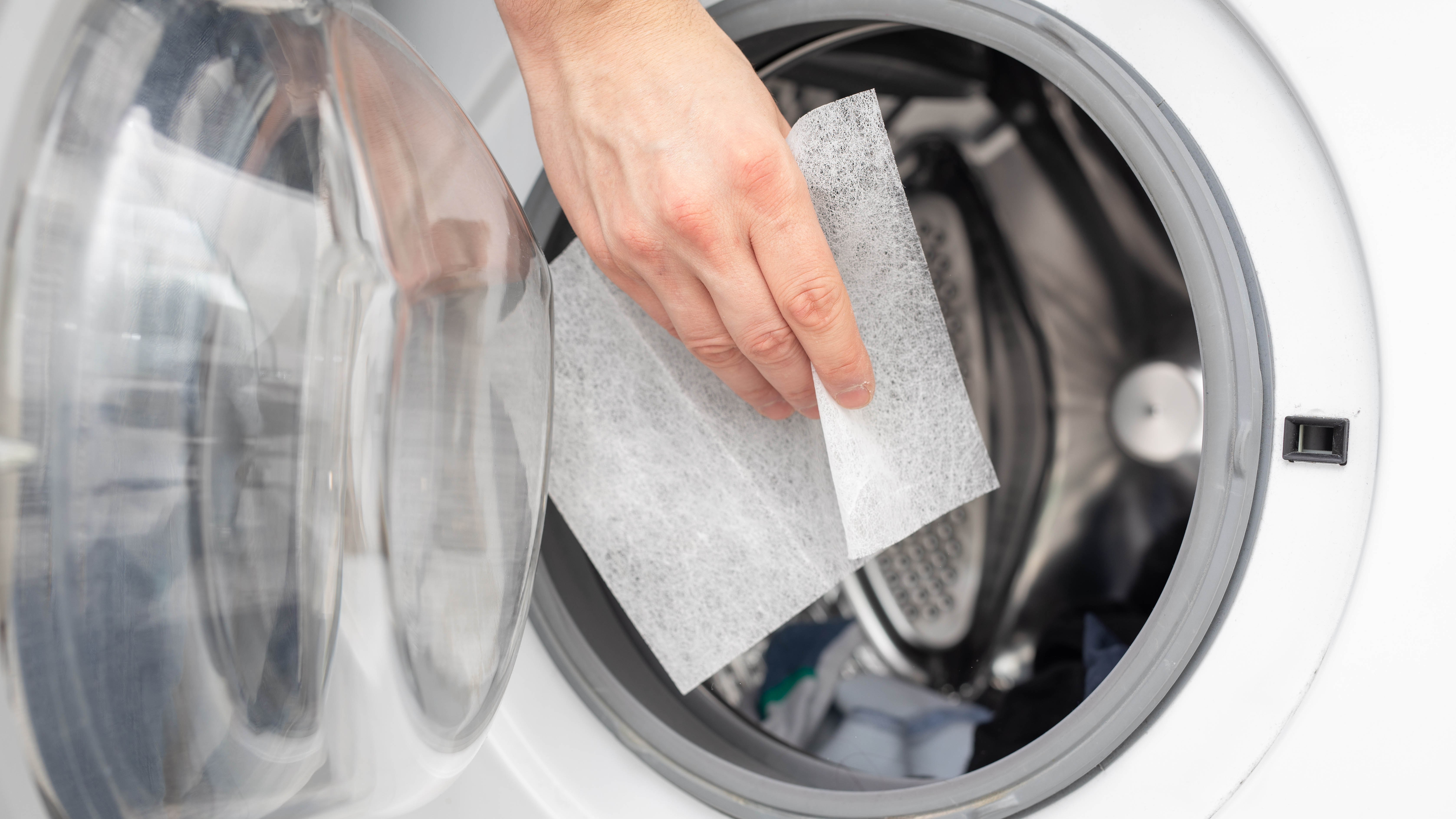
Dryer sheets are stiff but flexible bits of non-woven polyester or recyclable cellulose infused with fabric softeners. Generally sold in boxes of approximately 9 x 16-inch sheets, these softeners coat your clothes when activated by the heat of the best clothes dryers.
While manufacturers can combine a variety of ingredients into their dryer sheet brands, most of them work the same way. As your clothes dry, the heat and friction of the tumbling dryer creates static electricity, as a result of an imbalance between positive and negative charges. Fabric softeners are positively charged to equalize the loose electrons in the dryer, and act to prevent annoying static. Despite the convenience of liquid fabric softeners you can pour into modern washing machine panels, dryer sheets that serve the same purpose remain popular – and not only for use in the dryer.
Dryer sheets are designed for a single use – use one or two per drying cycle and then dispose of it – but ecologically-concerned observers have criticized them for harming the environment by creating excess waste and failing to decompose. Because of their ability to repel static cling, old dryer sheets can be reused even after a tumble in your dryer. Manufacturing processes have evolved in some cases as dryer sheets can also be manufactured as biodegradable and non-toxic, without harmful chemicals or scents, and some can decompose over time.
Meantime, people have devised innovative ways to repurpose dryer sheets, either new or used, from the dryer. Most secondary uses involve reducing static, cleaning, softening, and deodorizing outside the laundry room. For example, dryer sheets can remove soap scum and hard water stains from bathroom and kitchen fixtures, wipe up problematic spills, and eliminate pet hair, dust, and lint. Scented dryer sheets can serve as makeshift deodorizers when placed inside smelly shoes, trash cans, gym bags, luggage, and camping gear.
Here are the seven best (unauthorized) uses for dryer sheets.
1. Pick up pet fur

If your Fluffy or Fido sheds a lot, there’s bound to be a quantity of loose fur and dander all over your floor, furniture, and clothing. Dryer sheets, especially non-woven polyester based ones, are great for picking up the vast bulk of that excess hair. Rub the sheet along the floor or couch to pick up pet hair — and even human hair, as we humans also shed head and body hair.
One of the best robot vacuums for pet hair can also help with this debris.
Get instant access to breaking news, the hottest reviews, great deals and helpful tips.
2. Freshen shoes and boots

If you or someone in your household suffers from sweaty feet, make sure to use a dryer sheet to keep footwear free of musty smells. Folding dryer sheets into shoes and boots while they’re in your closet helps keep your shoe storage area fresh. A new dryer sheet in your shoes, boots, or sneakers works overnight to get rid of offensive odors.
The same concept works for your camping gear by tucking several dryer sheets into your sleeping bag, tent, and hiking boots before storing them.
3. Polish chrome fixtures
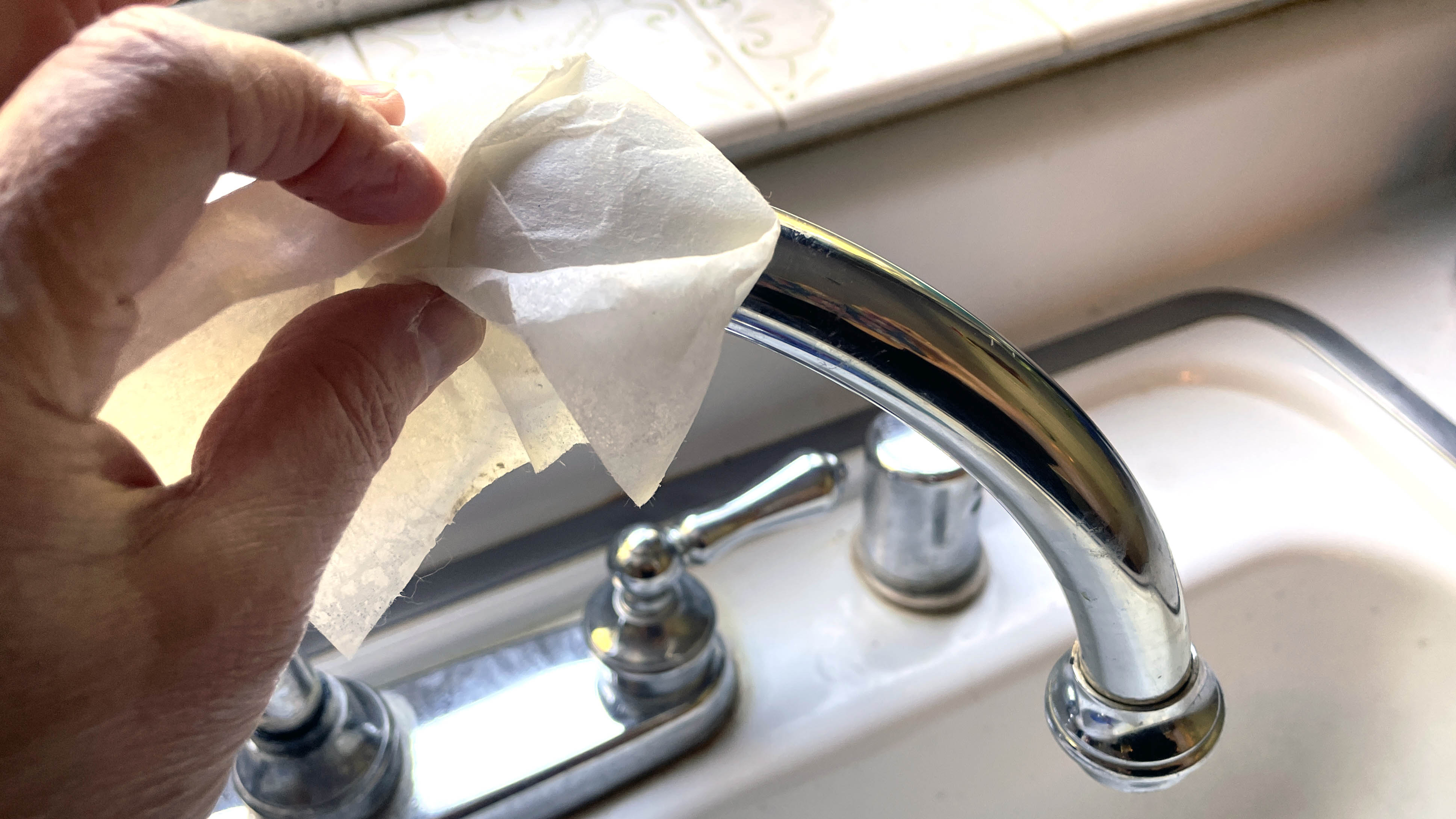
Before you toss the dryer sheet you pulled out of your jumble of dry clothes into the trash, you can instead put it to good use by tidying in your bathroom or kitchen to help restore the chrome’s shine.
Use an old dryer sheet to buff chrome faucets and fixtures and get rid of hard water stains and mineral deposits to make them gleam. Don’t expect to buff away thick calcium stains, but a dryer sheet does the trick for little spots from your last few showers and dish washing.
4. Tough kitchen spills

Cleaning up pancake flour or other powdery ingredients can be a time-consuming mess involving brooms, dustpans, and wet wiping. But not if you have an old dryer sheet on hand.
Dryer sheets can pick up a variety of substances because of the charged particles that coat their surface. Unlike with dry paper towels, flour and other dry spills stick to dryer sheets rather than spread around.
5. Burned-on foods
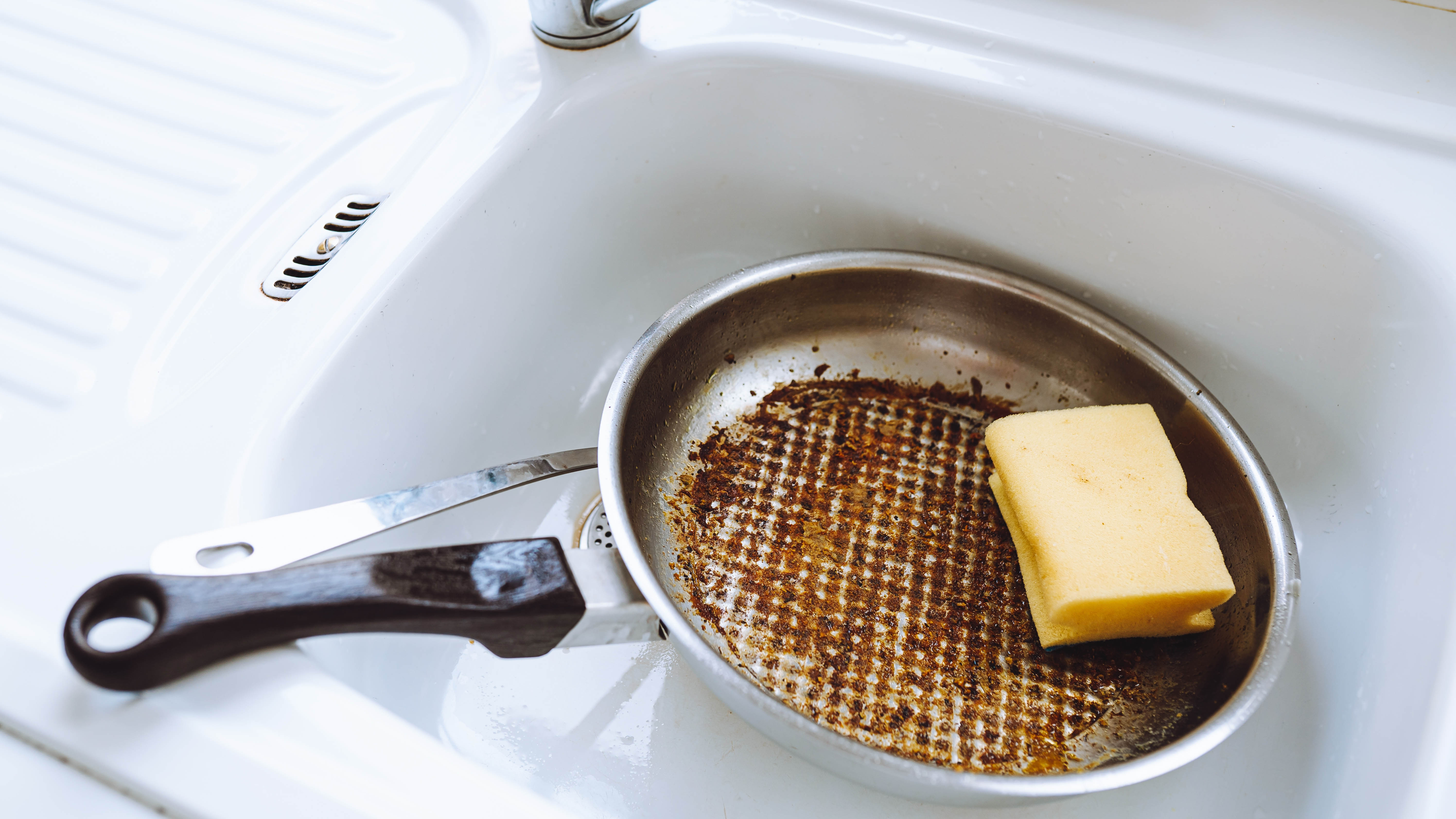
You burned the rice or the casserole, but an abbreviated dinner is only part of the problem. Even worse is half of your ruined food is now stuck – seemingly fused – to the bottom of your pot or cooking dish. Getting burned food off all kinds of cookware can take a huge amount of scrubbing, a chore that must often be repeated for days.
One sure solution is placing a new dryer sheet in the pan along with boiling water and a couple of drops of dish soap, and then soaking it overnight. The next day, you can wipe the pan clean with a sponge. The chemistry in the dryer sheet helps loosen the crusty burnt substance at the bottom of the pan. It may not remove all scorch marks, but the food residue will be gone.
For stubborn stains, here's how to clean a burnt pot to make it look good as new.
6. Clean off beach sand
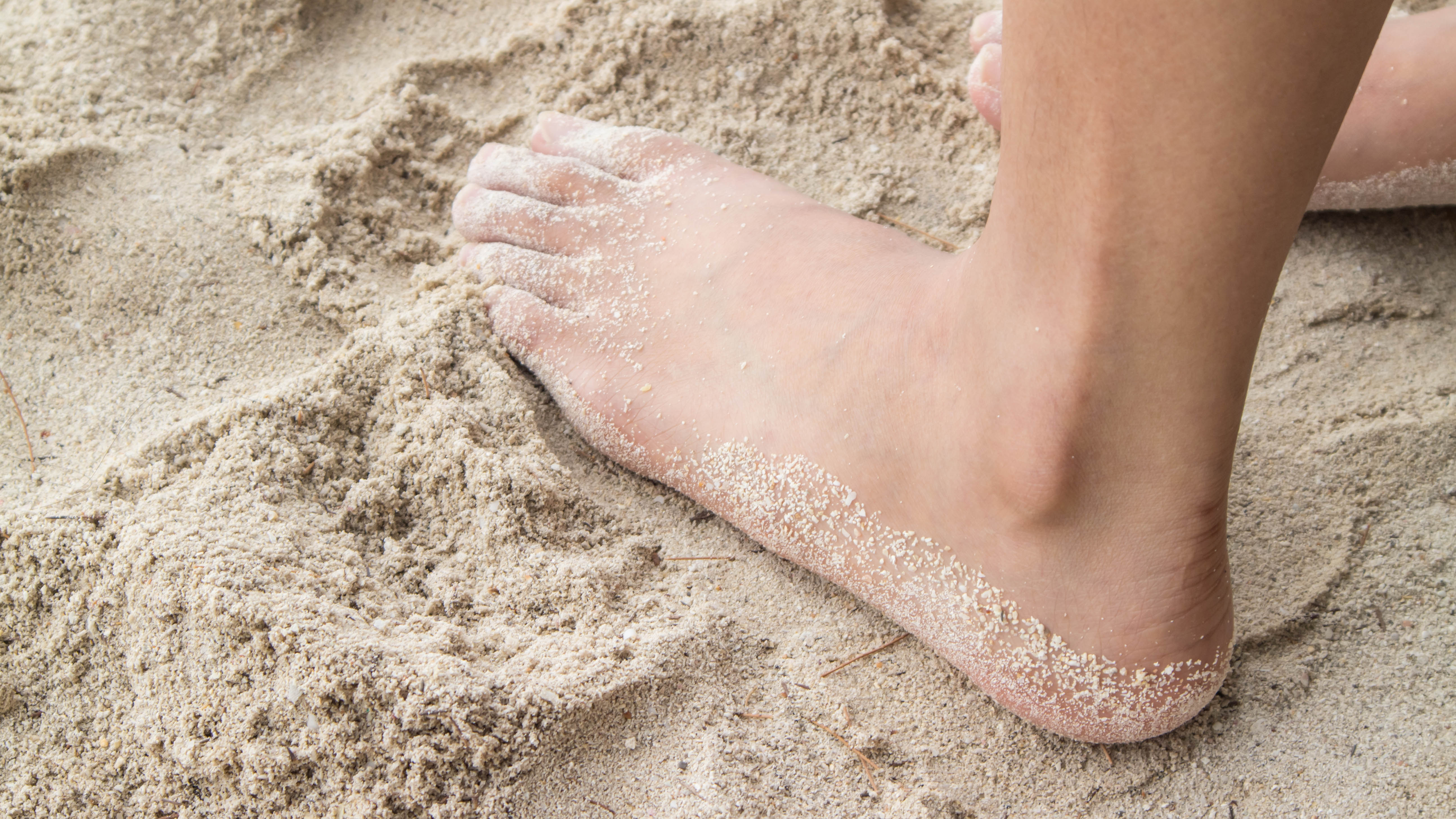
This off-brand use is not inherently obvious, but the same dryer sheet properties that pick up dry spills in the kitchen work wonders for removing excess sand from legs and feet after a day at the beach.
Use an old dryer sheet to wipe off yourself and your kids to get rid of sticky sand before getting in the car. That saves you the trouble of having to find a water spout and drying off or putting on shoes with irritating sand between your toes that will eventually wind up in your house.
7. Conquer soap scum
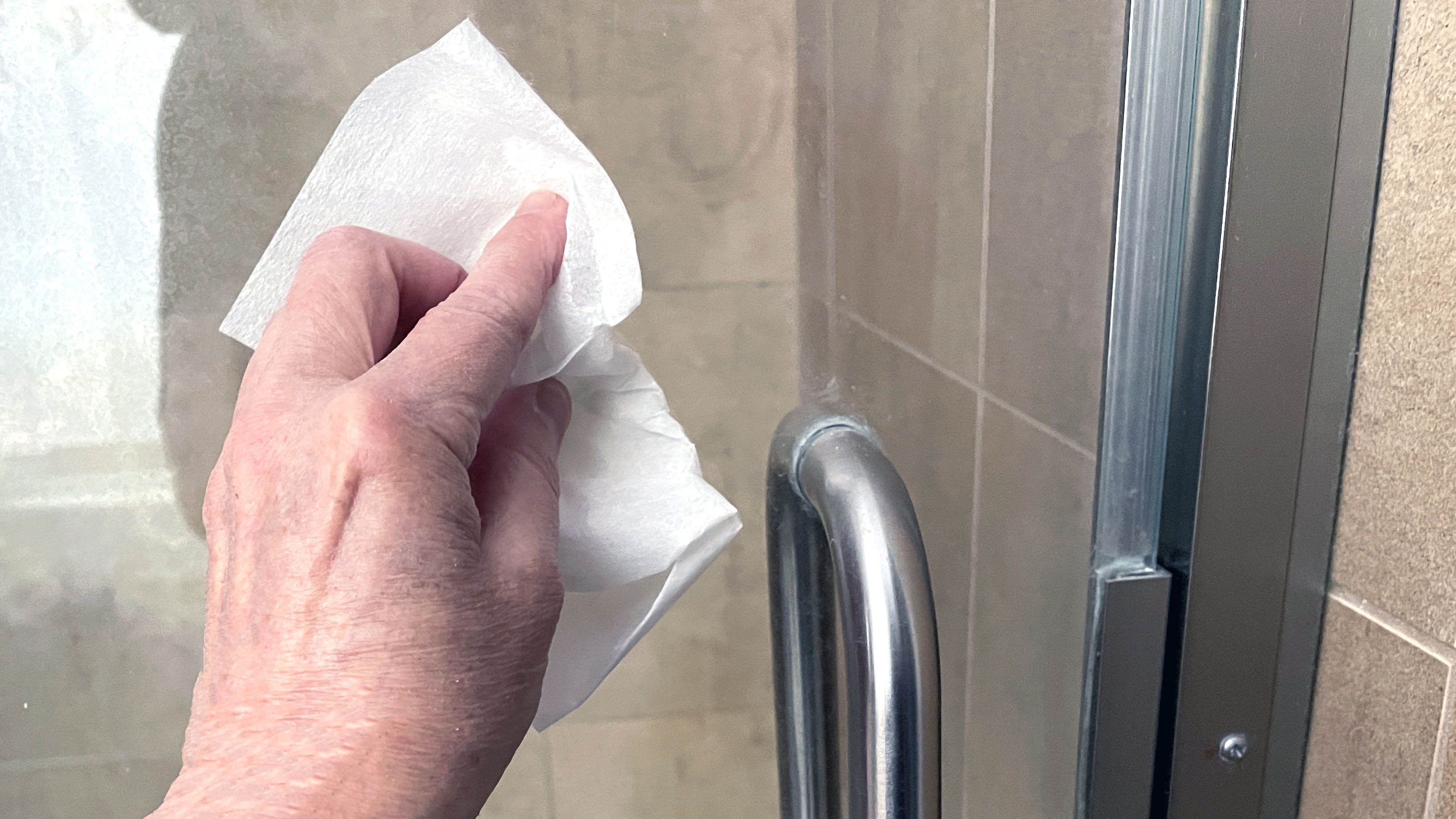
Glass shower doors look beautiful when new, but once soap scum has accumulated after numerous showers, they become very hard to keep pristine. One way to get rid of soap scum is by dampening a used dryer sheet and scrubbing it away. When the wet dryer sheet connects with the soap scum, it will start to peel off. The more you rub the area, the more the soap scum will disappear.
Once the soap scum is gone, rinse off the shower door with warm water to remove any chemicals left over from the dryer sheet and then finish cleaning with your regular disinfectant or cleaner.
For full cleaning instructions, see how to clean a glass shower door — top tips to remove water marks.
More from Tom's Guide
Jackie is an obsessive, insomniac tech writer and editor in northern California. A wildlife advocate, cat fan, and photo app fanatic, her specialties include cross-platform hardware and software, art, design, photography, video, and a wide range of creative and productivity apps and systems. Formerly senior editor at Macworld and creativity editor at The Next Web, Jackie now writes for a variety of consumer tech publications.

